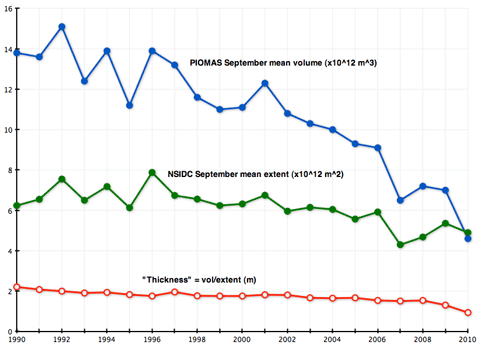[youtube]-9yr6L6tdDc[/youtube]
Introducing The Climate Show, the first (beta 1) stab at a web-based “radio with pictures” programme about climate news science, policy, politics and solutions. It’s the brainchild of KIWI FM’s Radio Wammo breakfast host Glenn Williams, one of the most innovative young broadcasters in New Zealand, and he’s roped me in to add, er, something or other… 😉
The show was recorded last week via Skype video conference, and we discussed new temperature records, the state of the Arctic, chatted with Kevin Cudby about his new book From Smoke To Mirrors, recommended the Skeptical Science web site and iPhone app, and then discussed some recent developments in solar photovoltaic technologies. It’s available at Youtube, as a podcast via iTunes, and will soon have its own site at theclimateshow.co.nz . You can follow the show on Twitter at @TheClimateShow. We’re aiming to record a programme every couple of weeks to begin with. All feedback welcome — what do you think of the show and what would you like us to cover? Any guests you’d particularly like us to feature (NZ and worldwide)? And if you like the show, tell your friends… Links to the stuff we talk about below the fold.


 A few days ago I used a combination of Arctic sea ice volume data from the University of Washington’s PIOMAS model and NSIDC sea ice extent numbers to
A few days ago I used a combination of Arctic sea ice volume data from the University of Washington’s PIOMAS model and NSIDC sea ice extent numbers to 
